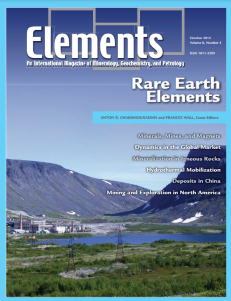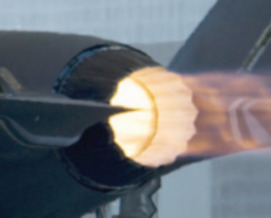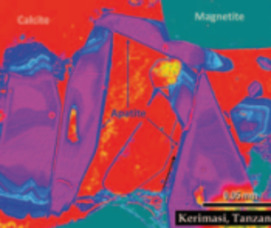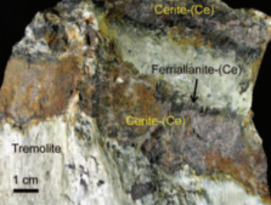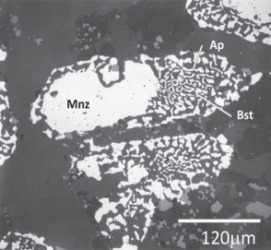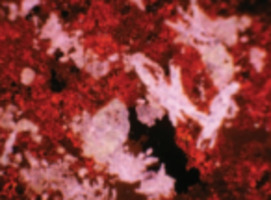
Rare Earth Elements
Anton R. Chakhmouradian and Frances Wall – Guest Editors
Table of Contents
Rare earth–based materials have practical applications in transportation, renew able energy, medicine, household items, visual arts, forensic science, and defense, and thus are essential to the progress of humankind. the rapid development and implementation of innovative and green technologies in the past decade have resulted in greatly increased demand for rare earth elements (ree). this demand has been amplified by the current situation in the supply market and by growing public concern about unlawful or unethical extraction of certain rare metal resources. the renewed interest in rare earth resources in the explora tion and public sectors requires a much better understanding of these resources and their host rocks than currently available. this thematic issue will present a comprehensive overview of the key geological, geochemical, and mineralogical aspects of ree distribution in the crust and principal deposit types. It will also discuss economic, political, and environmental issues related to ree mining.
- Introduction to Rare Earth Elements
- Rare Earths as a Complex Commodity: World Demand and Market Trends
- Rare Earth Mineralization in Igneous Rocks: Concepts and Misconceptions
- Hydrothermal Mobilization of Rare Earth Elements
- Diversity of Rare Earth Deposits: The Key Example of China
- Rare Earth Exploration and Mining in North America
Actlabs
AHF Analysentechnik
Bruker AXS
Bruker Nano
CAMECA
Cambridge University Press
Critical Metals Workshop
Excalibur Mineral Corporation
IAGeo
International Center for Diffraction Data
Leonard Himes Fine Minerals
Geochemist’s Workbench
Rigaku
Savillex
SPECTRO
Thermo Scientific
v8n6 URBAN GEOCHEMISTRY
Guest Editors: W. Berry lyons (the Ohio state University) and Russell S. Harmon (U.S. army Corps of engineers)
By 2030, about 60% of the human population will live in cities. Clearly, anthropo genic activities in urban environments affect geochemical cycles, water resources, and the health of ecosystems and humans globally. past practices are still having biogeochemical impacts today, and in many cases remediation is needed. Both natural and man made disasters greatly change the geochemistry of urban areas. Understanding past impacts can aid in future disaster planning. an increased awareness of the geochemical and mineralogical effects of urbanization on geo chemical cycling will aid urban planners in the effort to make urban develop ment sustainable.
- Geochemistry and the Sustainable Urban Environment W. Berry Lyons (The Ohio State University) and Russell Harmon (U.S. Army Corps of Engineers)
- Urban Geochemistry: The Legacy Problem Stefano Albanese (Università degli Studi di Napoli) and Domenico Cicchella (Università del Sannio)
- The Impact of Urban Development on Hydrology and Geochemistry Corinne Wong (University of Texas at Austin) and co-authors
- Ecological and Biogeochemical Dynamics in Urban Settings: Lessons from Long-Term Ecological Research Dan Bain (University of Pittsburgh), Wil Wollheim (University of New Hampshire), and Rebecca Hale (Arizona State University)
- Urban Geochemistry and Human Health Gabriel Filippelli (IUPUI), Deborah Morrison (Indiana School of Medicine), and Domenico Cicchella (Università del Sannio)
- Greenhouse Gas Emissions from Urban Settings Francesco Bellucci, Jean Bogner, and Neil Sturchio (University of Illinois at Chicago)
- Environmental and Medical Geochemistry in Urban Disaster Response and Preparedness Geoffrey S. Plumlee (USGS) and co-authors
- Impact! (February 2012)
- Minerals, Microbes, and Remediations (April 2012)
- Fukushima Daiichi (June 2012)
- Granitic Pegmatites (August 2012)
- Rare Earth Elements (October 2012)
- Urban Geochemistry (December 2012)
Download 2012 Thematic Preview


